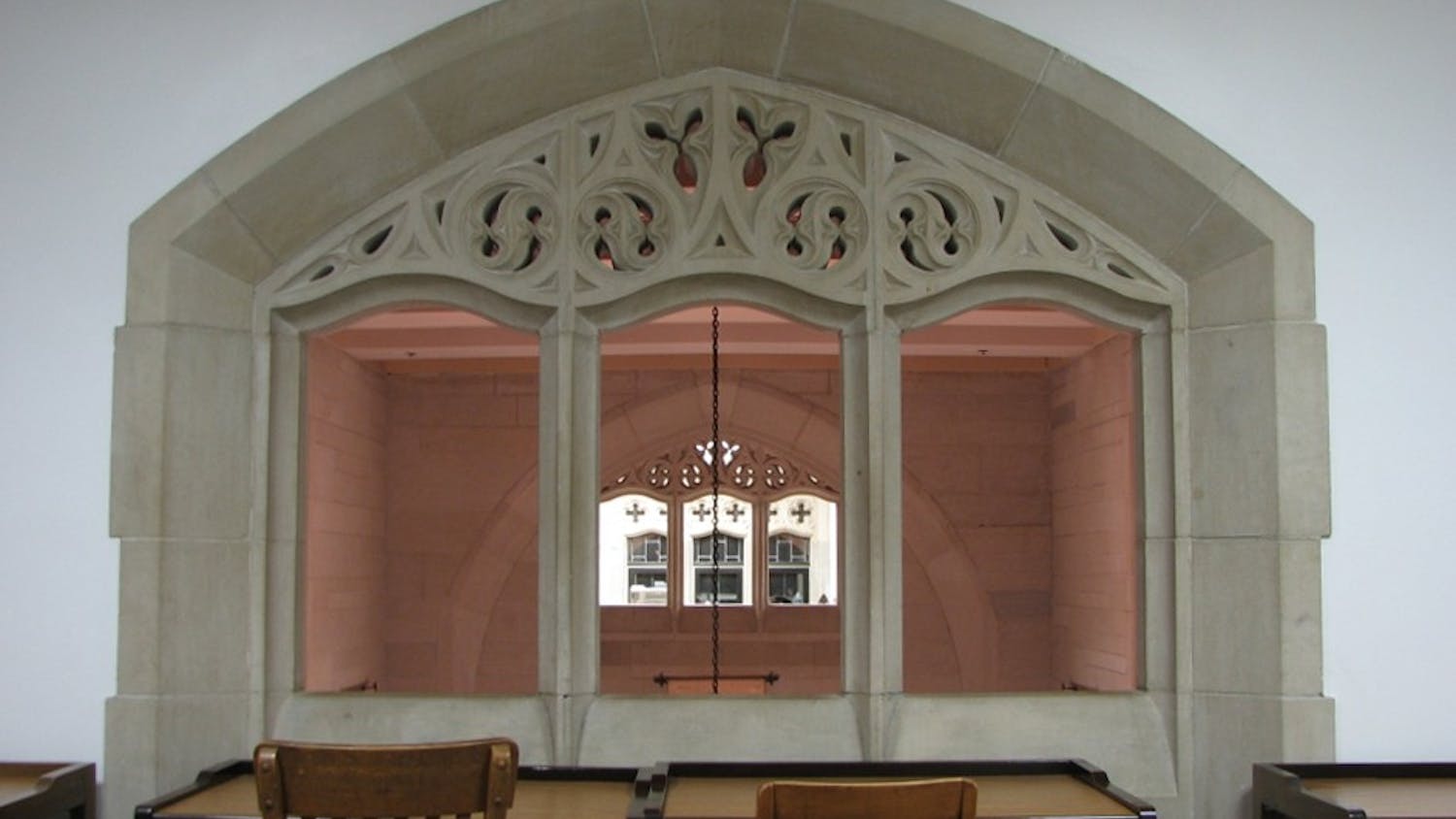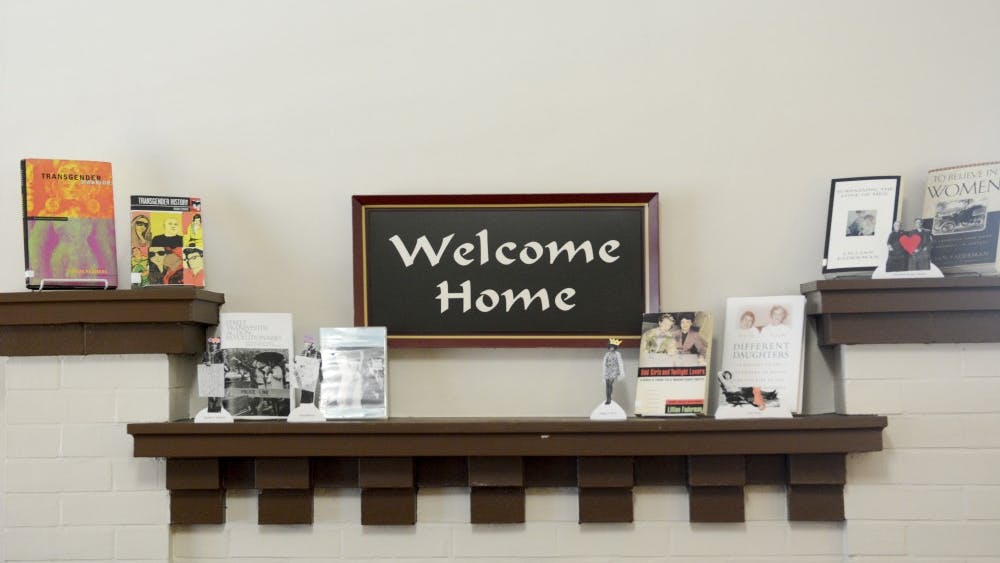More than four years ago, the IU Board of Trustees set a lofty goal:
double the minority population at IU Bloomington by the 2013-2014 school
year. Now, more than halfway through the initiative, how close are we?
Minority students make up 16.2 percent of this year’s freshman class, a 3-percent increase from the previous year. But Mary Tourner, associate director for diversity programs, says that because of a change in the way students report their race, comparing previous years’ numbers to this year’s is like comparing apples to oranges.
As of last year, changes to the federal reporting guidelines now allow people to check multiple races instead of only choosing one race if they are bi- or multi-racial.
According to Tourner, this has caused a significant increase in the perceived percentage of minorities in one year.
It's also caused ambiguity for administrators trying to measure progress.
“I think we’re going in the right direction,” Tourner says. “It’s not one person’s job. It’s everyone’s job to encourage diversity. In the classroom, in the clubs and student organizations, in the fraternities and sororities.”
Numbers tell part of the story, but they don’t tell it all. To understand diversity at IU, we have to look deeper. What does the word “diversity” mean?
Eric Love, director of diversity education, explains there’s more to diversity than ethnicity and race. He defines the word as “a representation of various people based on race, religion, sexual orientation, gender, abilities, age,” then adds that the list goes on.
Provost Karen Hanson defines it more simply: “variety, difference.” She says that while IU could use more racial and ethnic diversity, the University has a good balance of gender, socioeconomic statuses, and rural versus urban backgrounds.
Thousands of high school seniors learn about IU’s diversity each year. It’s commonly included in recruiting material, and the IU Office of Admissions devotes a page to it on its website. It boasts: “With students from all 50 states and more than 125 countries, IU is a culturally rich and ethnically diverse campus.”
Hanson says the University underscores diversity to show its importance.
“The goal of knowledge is furthered by having a variety of perspectives,” she says. “That’s why diversity is valued in higher education.”
Some students, like senior Melody Barham, wonder if IU is as diverse as this promotional material suggests.
“I appreciate the attempt to show that there are different types of people,” she says. “But at the same time, it’s misleading.”
Barham, co-director of Multicultural Outreach Recruitment and Educators (MORE), enjoys showing prospective students what life is like at IU for minorities.
In her eyes, IU lays the groundwork for making diversity possible, with its cultural centers and diversity programs. As far as ethnicity goes, however, the Gary, Ind., native says the school’s diversity is lacking.
Some students have noticed improvements. Senior John Parish, a member of the Sigma Chi fraternity, has seen diversity grow in his house since he joined freshman year. Breaking religious and ethnic stereotypes of the greek system, Sigma Chi includes men of Muslim, Catholic, and Jewish faiths as well as black1 and Asian students. Parish thinks diversity growth is a trend trickling through the entire greek system.
IU might never reach the ideal diversity numbers, whatever they might be, and we might never fully understand all that “diversity” represents. But sophomore Juan Cano, co-director of MORE along with Barham, wants IU students to know one thing: Diversity isn’t just skin color.
“When you come to Indiana University, you’re a Hoosier,” Cano says. “You’re not white, you’re not black, you’re a Hoosier.”
Diversity (or lack thereof)
How far has IU come?
Get stories like this in your inbox
Subscribe





